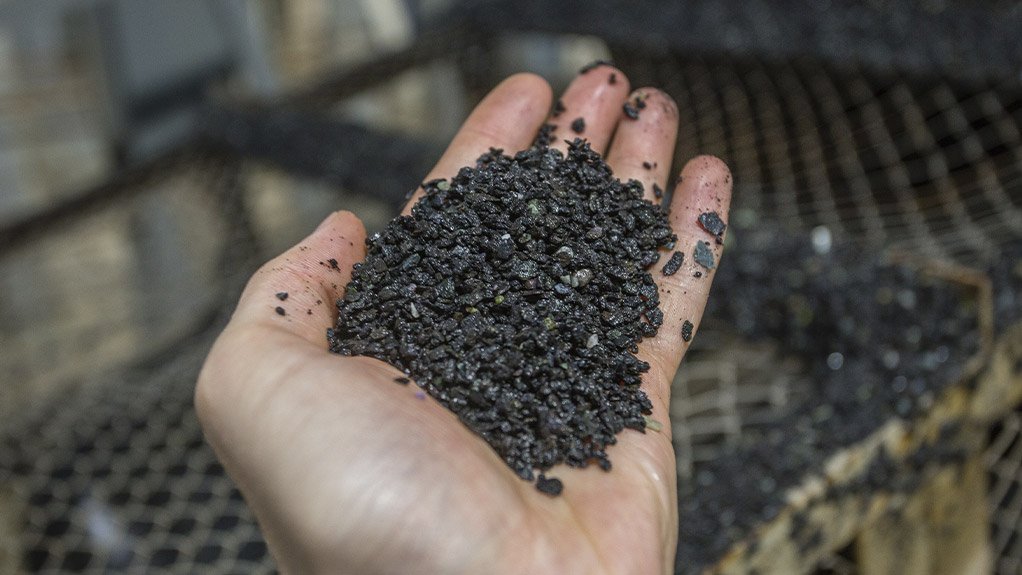South Africa often misses the most lucrative parts of boom markets, says African commodity market consultancy Core Consultants CEO Lara Smith.
She notes that iron-ore reached an all-time high earlier this year, reaching $220/t in May, which enabled marginal mines to start producing ore/concentrate and saw a flurry of different trading outfits either coming to the fore or prioritising iron-ore over other commodities that they would otherwise trade.
However, Smith says that many South African traders made a loss from their iron-ore investments because they had invested only once the commodity price had peaked.
“By the time they had finalised sales and purchase agreements, organised finance and port allocation, the prices started to trend downward. It fell sharply, as iron-ore tends to do, first from $220/t to $180/t almost overnight and then tapering down to $140/t by September before falling sharply to $120/t. The reality is that once finance and transport costs are added, many traders cannot accept a price of less than $120/t CIF, China.”
Further, the iron-ore price peaked in May 2021 because of the impact of Covid-19, the political hostility between China and Australia, as well as the inability of South American miners, particularly in Brazil, to supplyiron-ore, consequently resulting in supply concerns and attention shifting to South African iron-ore producers, Smith explains.
She adds that bulk freight rates were also peaking at that point, resulting in unsustainably high iron-ore prices.
Local iron-ore production is currently about 71-million tonnes a year. However, throughout the country, issues relating to the transport of commodities continue, “with a general mismatch between rail and port capacity”.
Smith notes that, for a local miner to operate sustainably, it must be able to export, including cost, insurance and freight, at less than $120/t. The miner must also tolerate a long-term iron-ore price of about $90/t as, realistically, that is the price at which the majors in Australia and Brazil can ship ore.
As such, as long as South Africa’s freight capacity lags behind other mining jurisdictions and the banks’ processing times for granting the relevant trade financing remain slow, South African producers and traders will “continue to leave money on the table owing to not being equipped or organised enough to capitalise on these opportunities”, she laments.
“Chinese companies are heavily invested in Australia’s iron-ore industry, so I don’t foresee a decision where China opts against trading with Australia lasting forever.” This could mean that it is unlikely that South African producers will retain Chinese interest once hostilities between those two countries cease, and South American countries recover from Covid-19-related constraints.
“Many commodity analysts are expecting a slow price recovery at the end of the first quarter of the next financial year; however, I think the supercycle for iron-ore is behind us.”
This, combined with challenges such as wages, unstable electricity supply, inadequate transport and the inability to ship at sustainable prices means that the local industry is in decline and might take a while to recover, Smith concludes.
Edited by: Nadine James
Features Deputy Editor
EMAIL THIS ARTICLE SAVE THIS ARTICLE
ARTICLE ENQUIRY
To subscribe email subscriptions@creamermedia.co.za or click here
To advertise email advertising@creamermedia.co.za or click here













